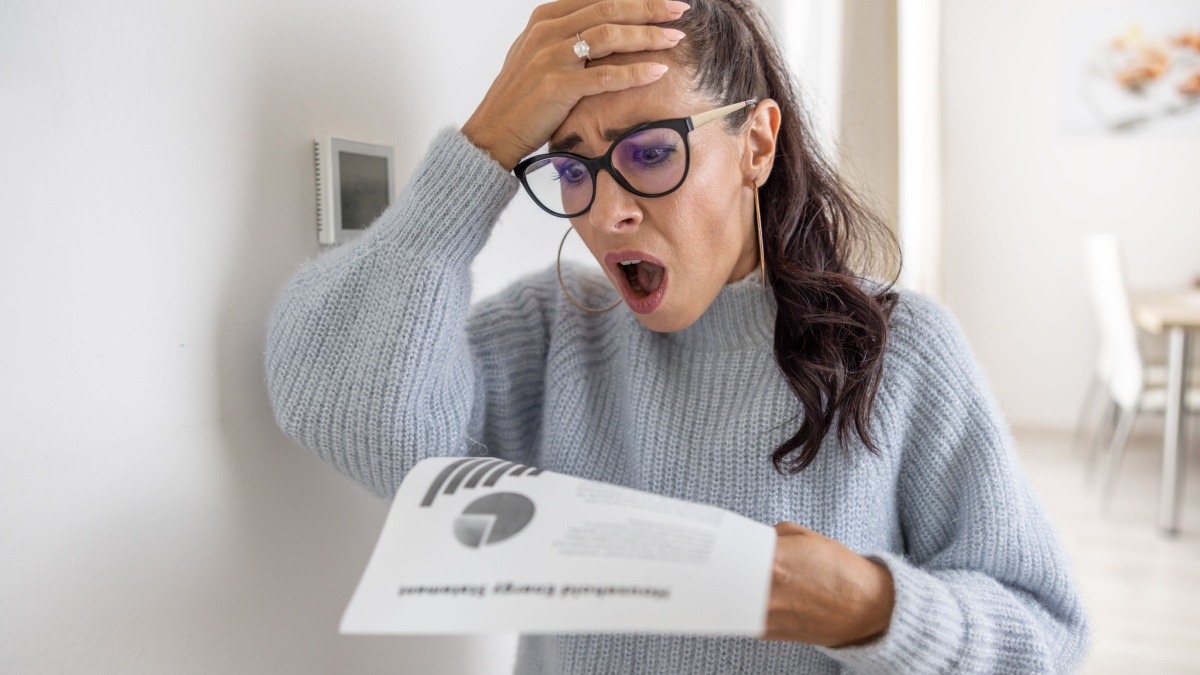The electric bill definitely falls under the “needs ” category in our budget. That means it can’t be cut out of the budget, but that doesn’t mean you can’t lower your bill!
When we have bills that are needs rather than wants, it’s a great idea to try to make them as small as possible. Just because you need something doesn’t mean you have to pay a lot for it! When you spend time and energy cutting your main bills as low as possible, you are creating more room in your budget for savings, emergency funds, and space for your “wants!
Here are some great frugal living tips to help you save money on your electric bill!
Use Energy-Efficient Appliances
While I do not recommend replacing all your appliances, I do suggest that when you need new ones, you shop for efficient ones. If your old appliances are particularly inefficient, you may want to consider upgrading or replacing them to save money in the long run.
When purchasing new appliances, consider Energy Star-certified appliances to reduce your electric costs. For example, Energy Star claims that their certified washing machines use 25% less energy and 33% less water than other washers.
Unplug Devices
Unplug electronic devices, chargers, and small appliances when not in use. The savings may be small, but these habits add up and help you save more money.
For example, the average home printer runs on 4 watts of power on standby, and the average cost of electricity across the USA is $0.125/kWh. That will save you $4.38 per year for one appliance. You can double that cost if you live in a state with high electricity costs, such as Alaska, Hawaii, or anywhere in New England.
Switch to LED Bulbs
Still have incandescent bulbs? Consider replacing your incandescent bulbs with energy-efficient LED bulbs.
According to NRCan, 4% of your electricity is lighting. A standard incandescent bulb uses roughly 60W of electricity and costs approximately $5 per year in electricity costs, while an LED uses 9.3W and costs just $1. So just by switching out lightbulbs in your home, you’re cutting a tenth of the energy on this part of your utilities.
It may not seem like much, but the costs increase over time, especially if your electricity rates fluctuate.
Of course, that doesn’t mean you should run out and buy new bulbs immediately, but when it comes time to replace bulbs, choose smartly.
Seal Air Leaks
Inspect your home for air leaks around windows, doors, and vents. Seal these gaps with caulk or weatherstripping to prevent energy loss.
An adequately insulated house will require less energy to keep cool in the summer and warm in the winter months. According to EPA information, when you seal and insulate your property, you may save as much as $200 or 10% off your overall utility expenses. In addition, cooling and heating equipment account for 49 percent of your home’s energy costs.
According to the North American Insulation Manufacturers Association (NAIMA), 90% of single-dwelling residences in the United States are under-insulated. This statistic implies a good chance your property requires some attention.
Use a Programmable Thermostat
Set your thermostat to adjust the temperature automatically when you’re away or asleep. This helps avoid unnecessary heating or cooling and can save you a lot of money on energy costs.
According to the US Department of Energy, a programmable thermostat can help homeowners save up to 10% on their heating and cooling costs.
Line Dry Clothing
Your clothes dryer uses a lot of energy. Start line-drying your clothes (outside during the summer or inside during the winter) and save money on your energy bills. Clothes also last longer and keep their colors longer when you line dry, unlike when using an electric dryer. Even if you reduce your dryer usage by one load a week, you can start seeing the savings add up.
Read More:
- 9 Top Games That Pay Real Cash | Apps That Can Pay Real Money
- 12 Best Cash Back Apps To Earn Rewards in 2025
- How To Get Free Baby Stuff: Free Baby Samples & More

